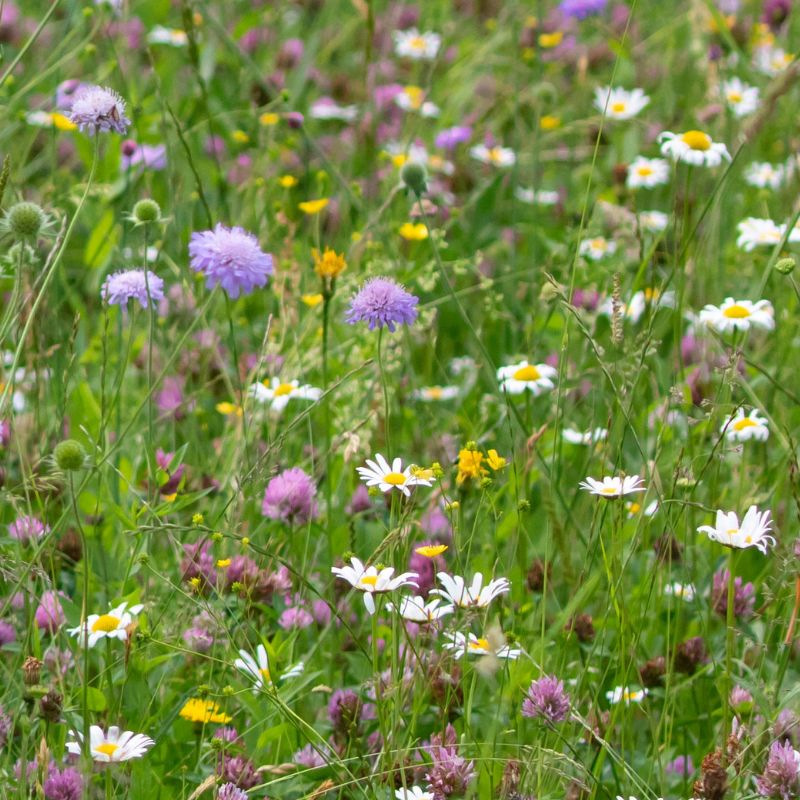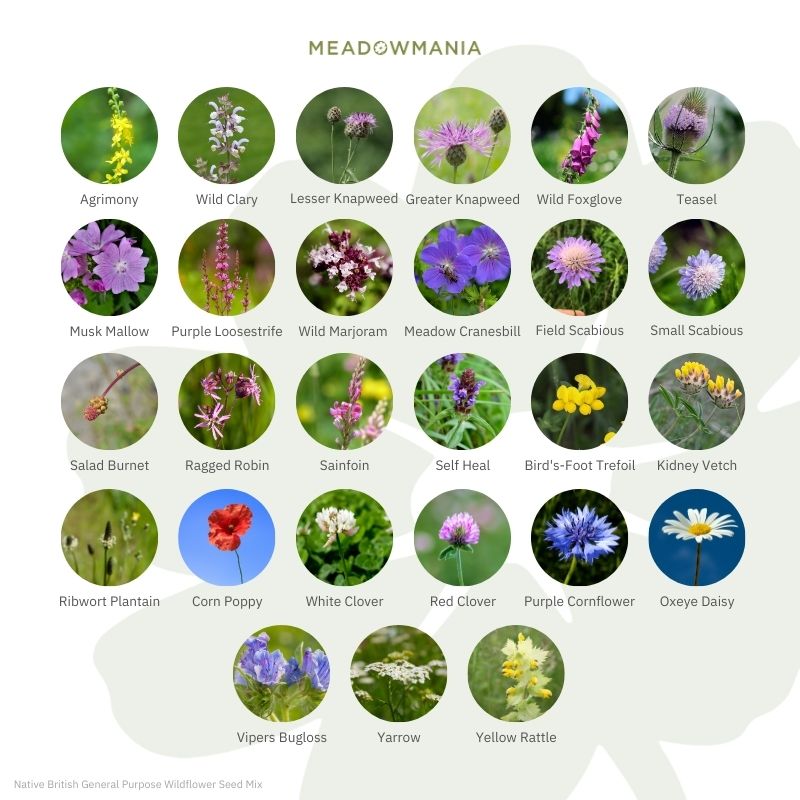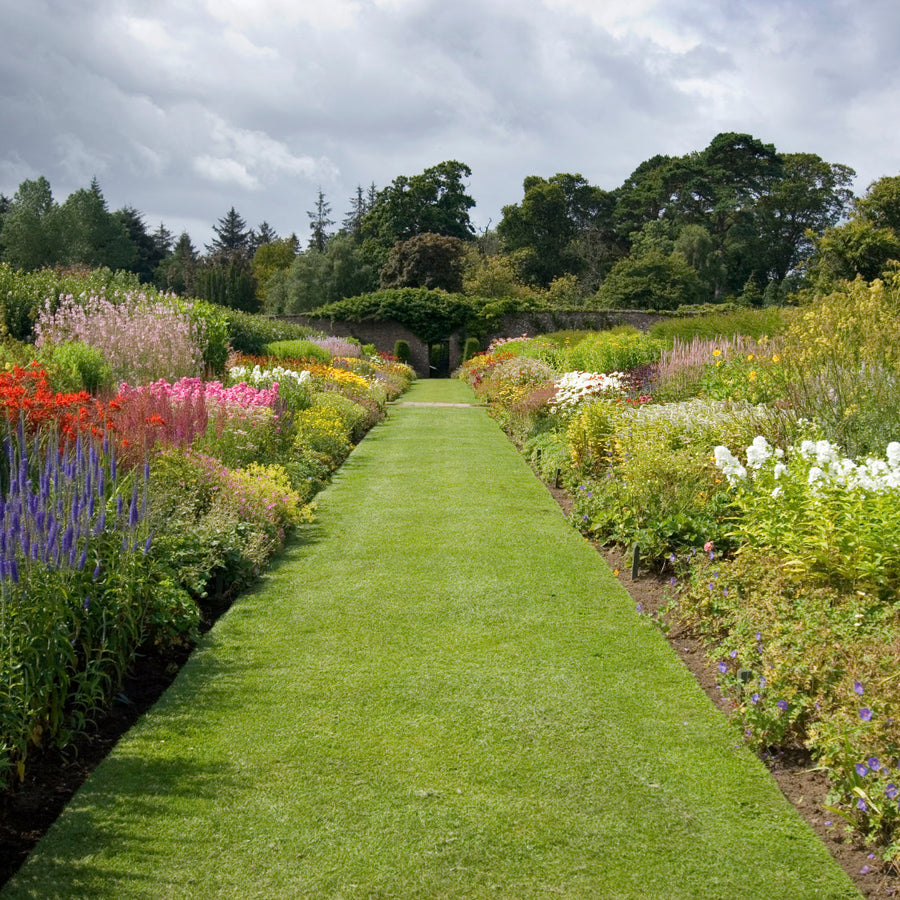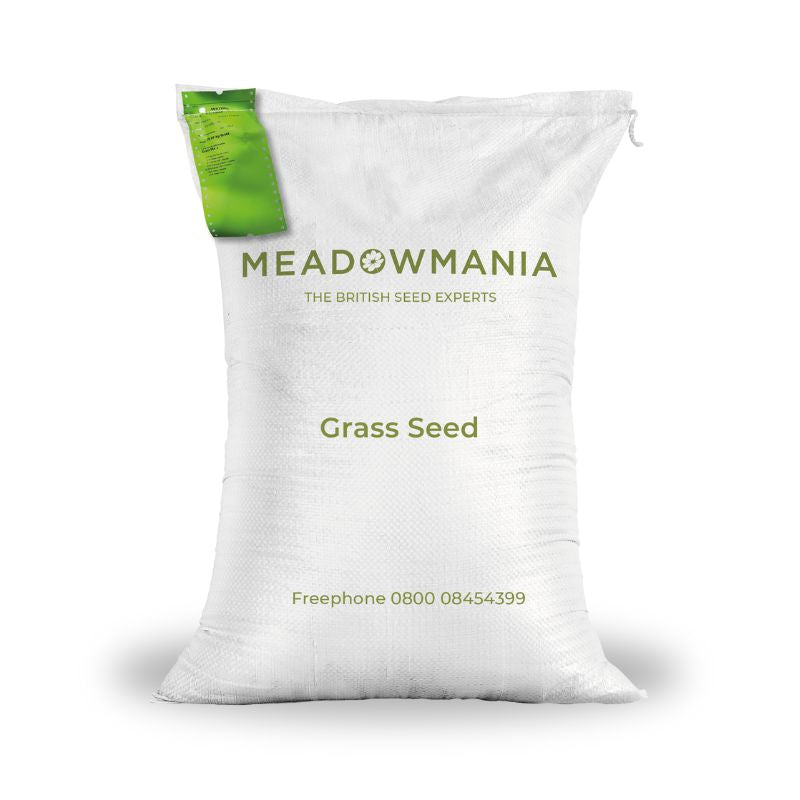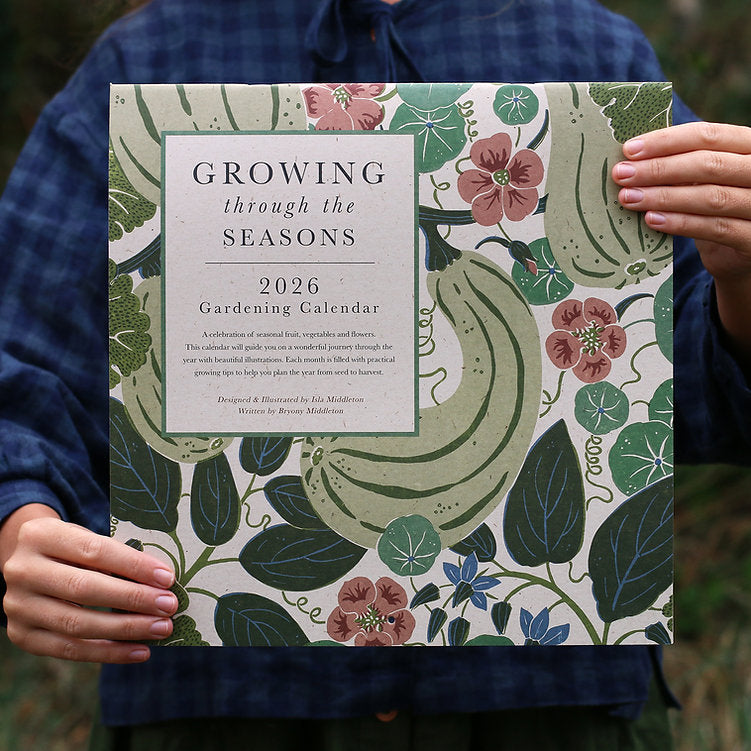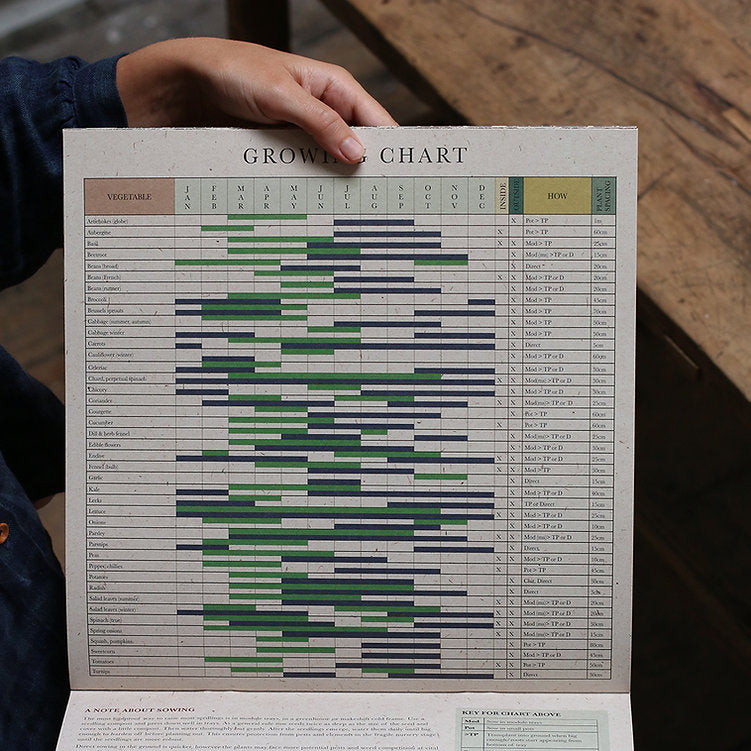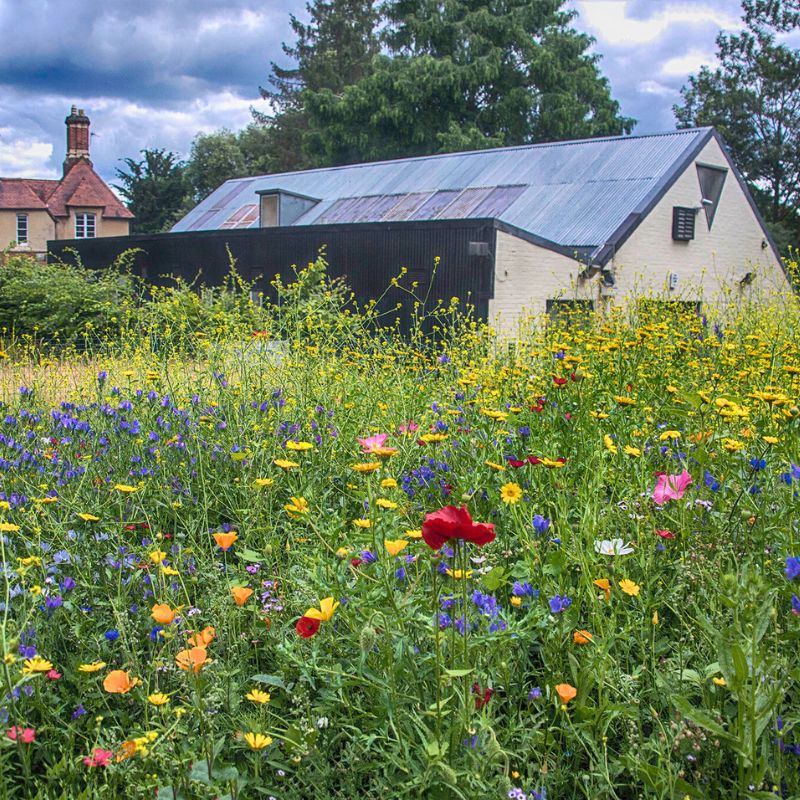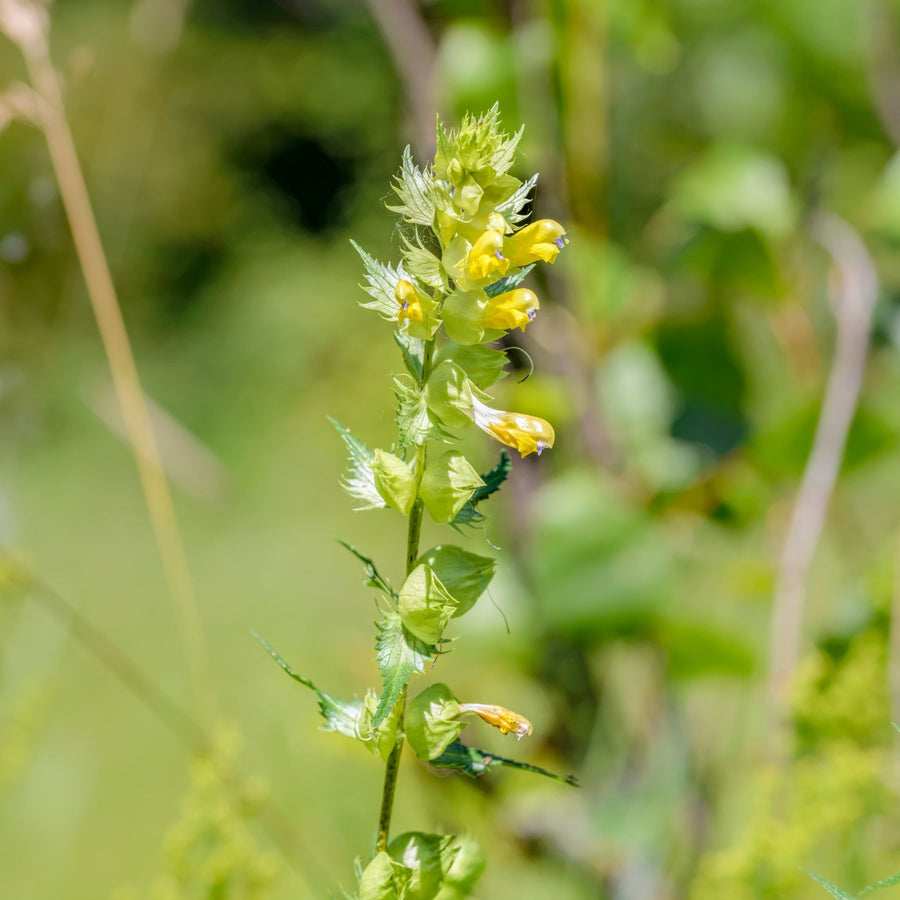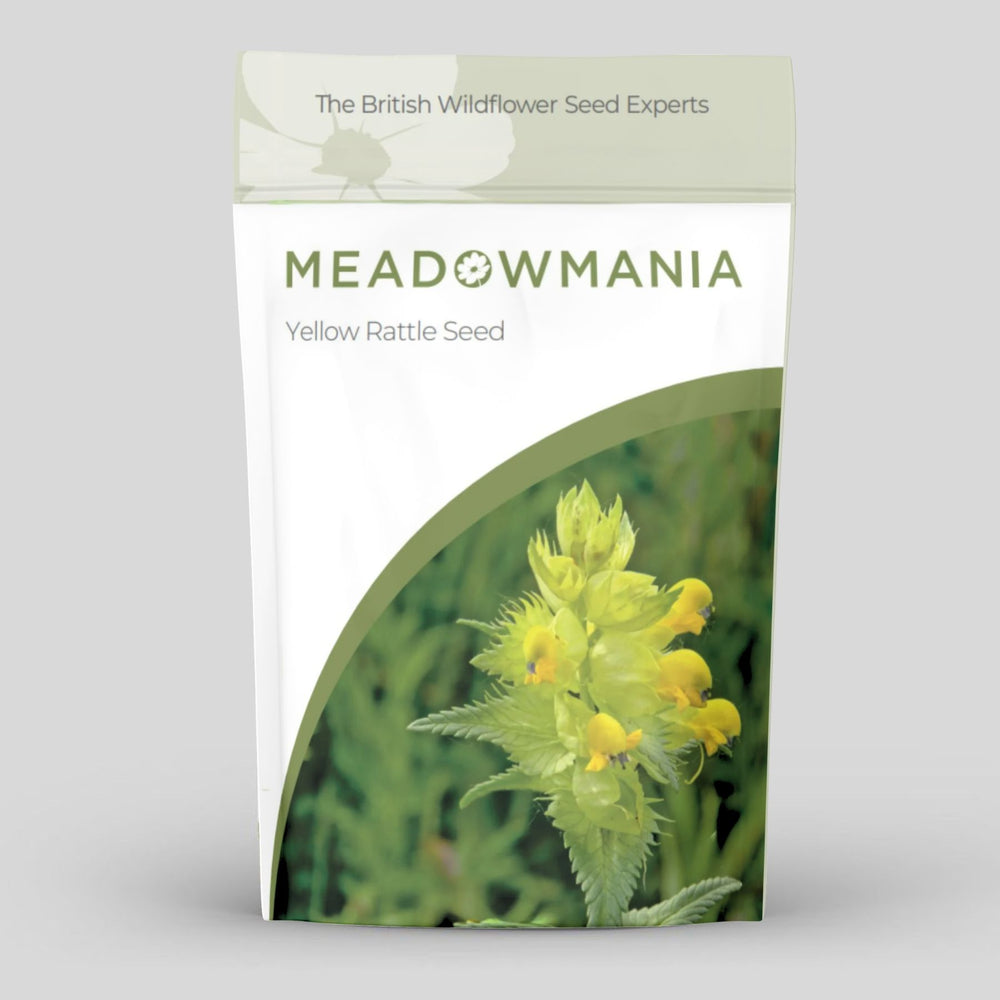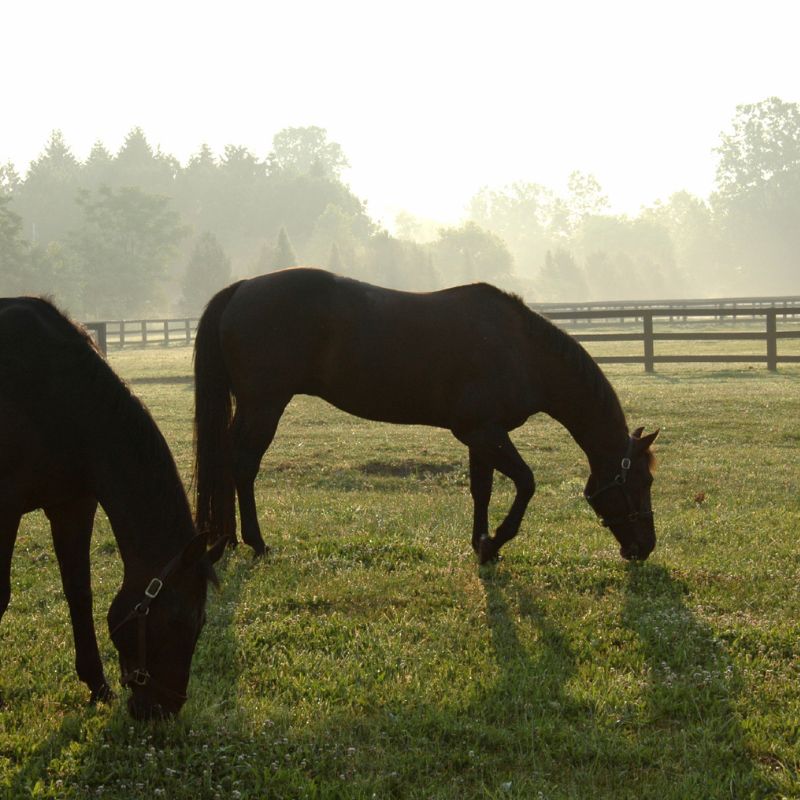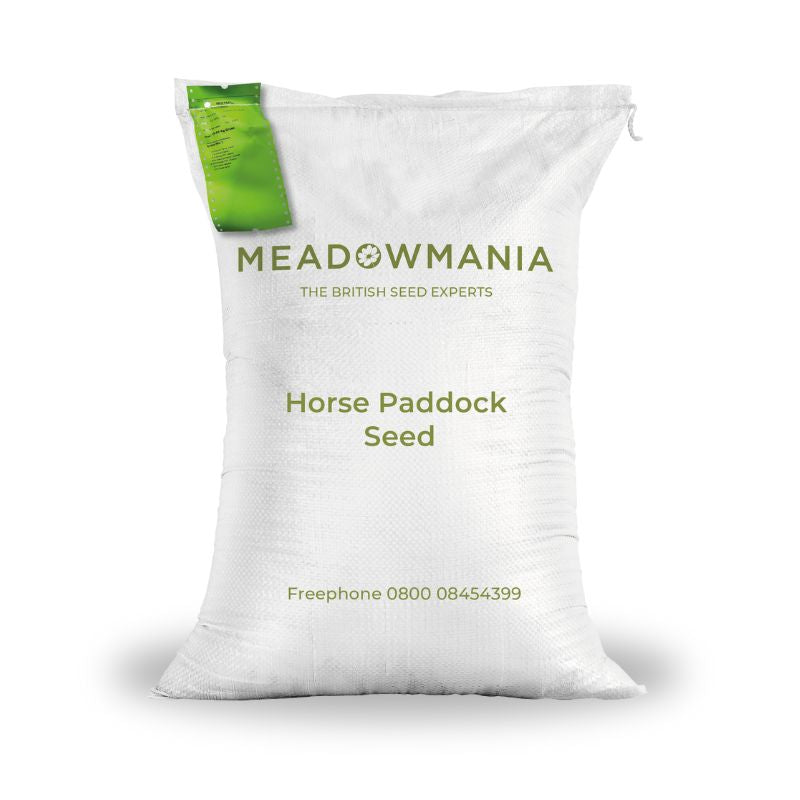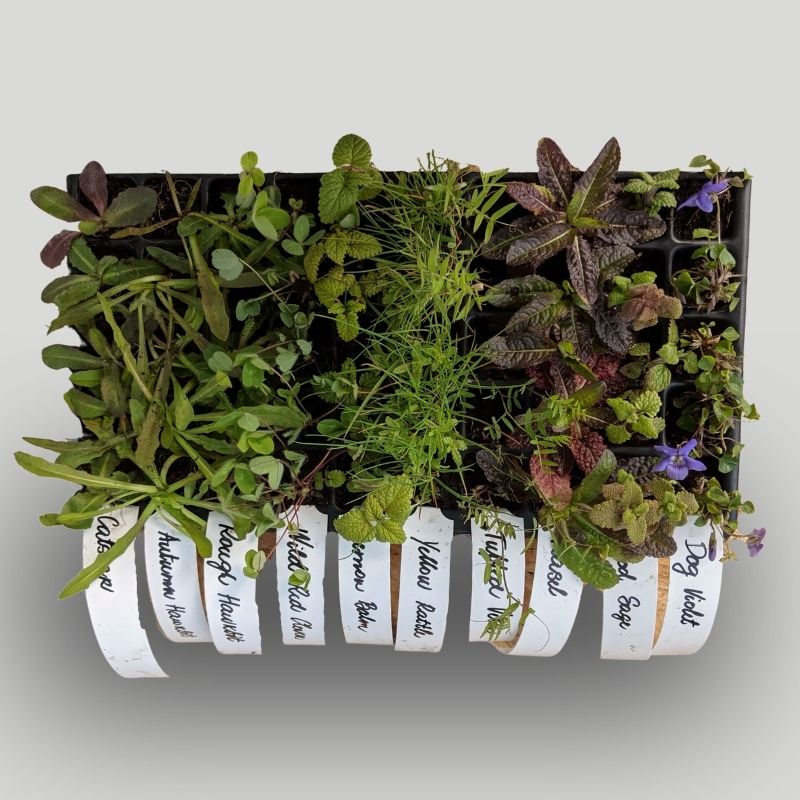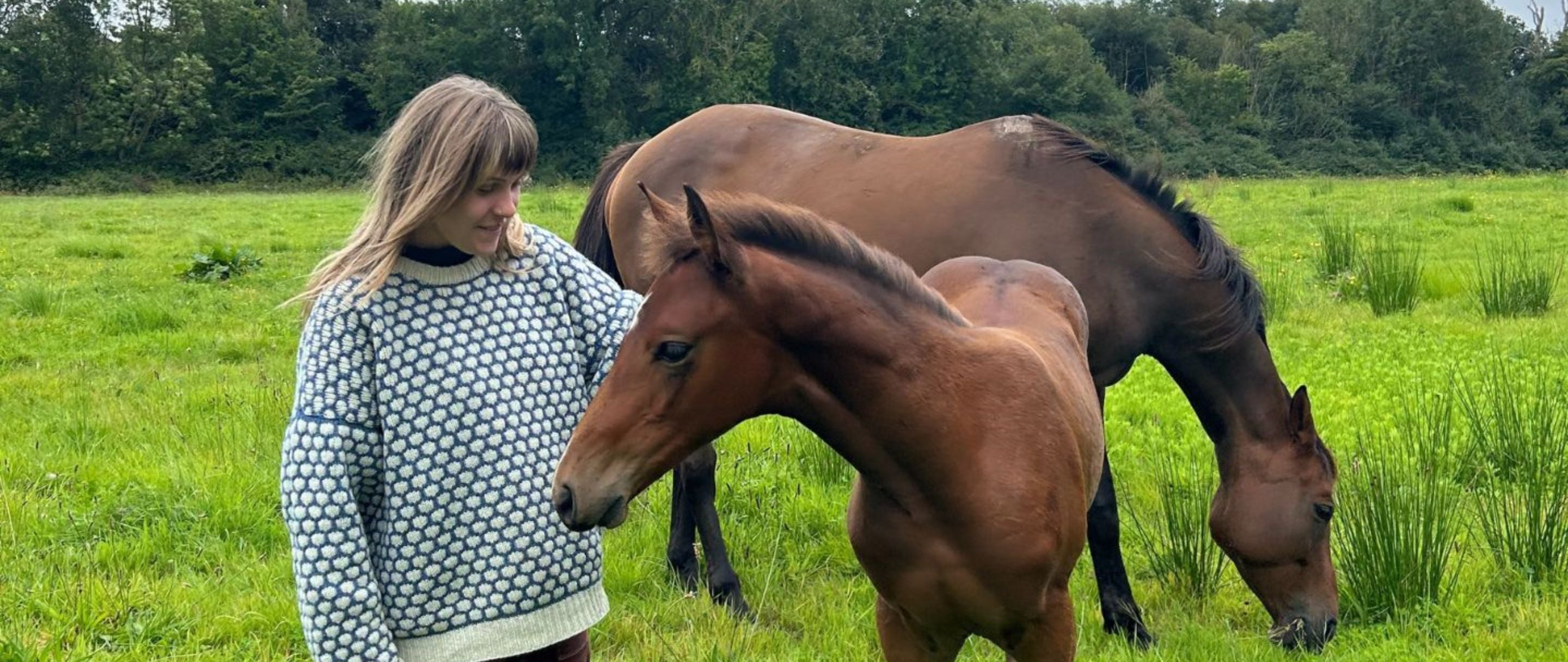
The Millie Mix: How One Pony Inspired the Development of a Specialist Grass Seed Mix
Growing up in the Power family, I’ve always been immersed in the world of grass seed. Our family has been in the business for five generations, and we’ve seen it all when it comes to grass. But despite this deep-rooted knowledge, I never imagined how crucial it would be when it came to caring for my beloved horses.
A move to a new home with fertile land, that had been in grass for some time, presented a particular challenge for one of our ponies, a Connemara called Millie.

I’ve always had a soft spot for Connemaras. They’re lovely ponies - hardy and relatively easy to keep, but not without their challenges. One problem that can trouble this breed is laminitis. Understanding why Connemaras are prone to this condition requires a bit of history. These ponies come from the rugged west of Ireland, where they were bred to survive on sparse grazing – they are hardy and capable of living off very little. Over the years, we’ve had our share of laminitic ponies, and managing the condition has always been a delicate balancing act - restricting feed, soaking hay, and ensuring regular exercise. Unfortunately, there’s no one-size-fits-all solution, and it often comes down to trial and error.
Once in her new home, Millie developed laminitis which eventually got so severe I feared we might lose her. After months of recovery, I realised that if I wanted to truly help Millie, I needed to go back to the roots – literally.
Given my family’s background, I knew that grass was likely to hold the key. The fields were predominantly sown with perennial ryegrass, a species that’s been bred for high yield and digestibility. This is great for dairy cattle but less ideal for horses and ponies, particularly those prone to laminitis. Ryegrass can contain anywhere from 15% to 26% sugar per kilogram of dry matter, and for horses, especially those with conditions like laminitis, that high sugar content can be problematic.
In my research and conversations with vets, the issue of sugar kept coming up. I tried soaking hay to reduce the sugar content and restricted Millie’s turnout time, but I needed to do more. I realised that the small, sugar-rich shoots of ryegrass that regrow after grazing might be causing more harm than good.

Whilst perennial ryegrass is the most grown grass in the UK for grazing and forage, there are many other species that are more lignified, with lower sugar content, which can grow just as well. I decided to turn to more traditional, lower-sugar grass species.
That’s when the idea for the Millie Mix was born. The ryegrass-free mixture was sown in the autumn, and by the spring we were cautiously optimistic. That year, Millie had her first trouble-free grazing season in years. To my surprise, the ponies even preferred the Millie Mix over the ryegrass, a testament to its palatability.
After years of battling laminitis, Millie’s condition was under control. The Millie Mix certainly seemed to be a part of this positive outcome, and I’m hopeful that its benefits will continue for years to come with many laminitic horses and ponies.
Information about our complete range of horse paddock seed mixes can be found here.


